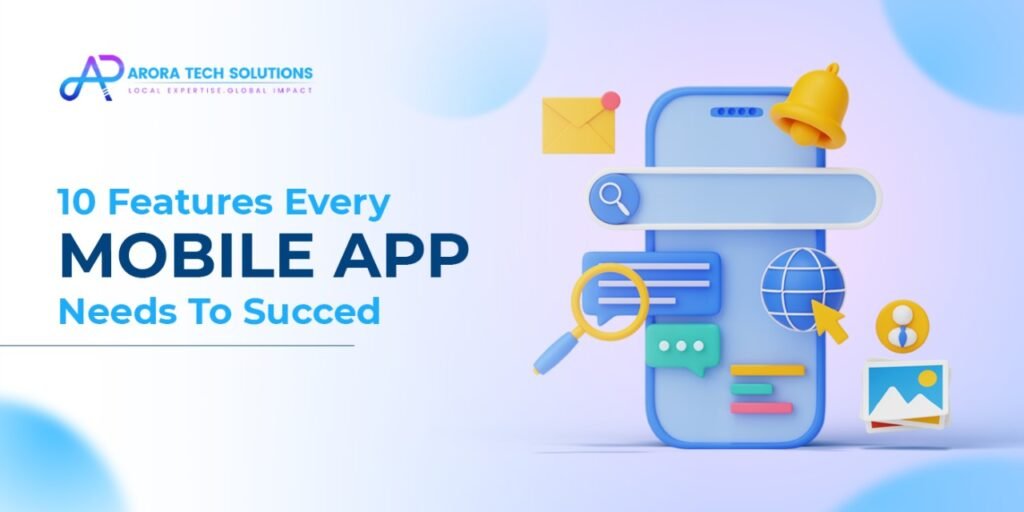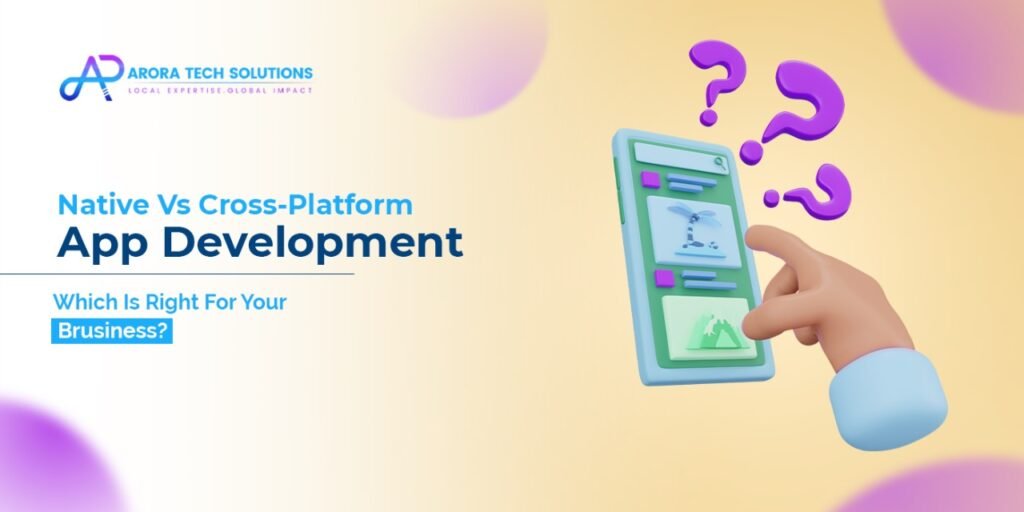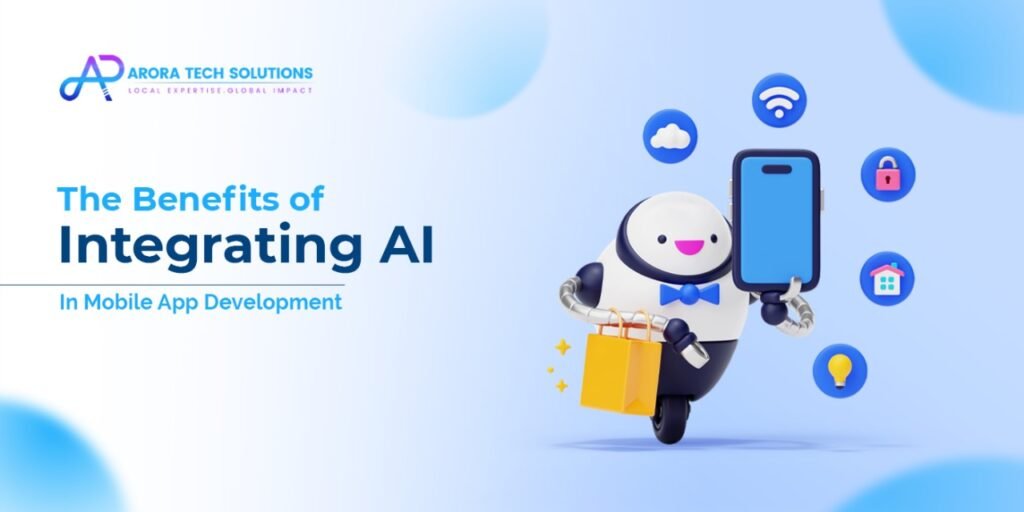10 Features Every Mobile App Needs to Succeed
In today’s digital age, mobile apps are indispensable for businesses and users alike. However, not all apps are created equal—success lies in the features that enhance functionality, user experience, and engagement. Whether you’re building a fitness tracker, e-commerce platform, or social network, including these 10 essential features will ensure your app stands out in a competitive market.
1. Intuitive User Interface (UI) and User Experience (UX)
A seamless, easy-to-navigate interface is the foundation of any successful app.
- Clean Design: Use a minimalistic design with clear typography and visuals.
- Intuitive Navigation: Ensure users can quickly find what they need.
- Consistency: Maintain consistent UI elements across screens.
Pro Tip: Conduct usability tests to identify and fix design flaws early.

2. Cross-Platform Compatibility
Maximize your app’s reach by ensuring it works on multiple operating systems.
- Native or Hybrid Development: Use tools like Flutter or React Native to build apps for both iOS and Android.
- Responsive Design: Ensure your app adapts to various screen sizes and orientations.
- Regular Updates: Address compatibility issues with OS updates promptly.
3. Robust Security Measures
With increasing cyber threats, app security is non-negotiable.
- Data Encryption: Protect sensitive information like passwords and payment details.
- Two-Factor Authentication (2FA): Add an extra layer of security for user logins.
- GDPR Compliance: Adhere to data protection laws if operating globally.
Example: Banking apps like PayPal prioritize encryption and multi-factor authentication.
4. Fast Loading Speeds
Users expect apps to load in under 2 seconds.
- Optimize Code: Minimize redundancies in app coding.
- Compress Media Files: Use lightweight formats for images and videos.
- Preload Key Content: Load critical data during app launch.
Pro Tip: Use tools like Firebase Performance Monitoring to track app speed.
5. Offline Functionality
Apps with offline capabilities provide a seamless user experience even without internet access.
- Cached Data: Store essential content locally.
- Offline Modes: Allow basic functions like viewing saved items or composing drafts.
- Automatic Sync: Update data once the device reconnects to the internet.
Example: Apps like Google Maps let users download maps for offline navigation.
6. Push Notifications
Keep users engaged by sending timely and relevant notifications.
- Personalization: Send tailored messages based on user preferences and behavior.
- Actionable Content: Include CTAs like “Shop Now” or “Learn More.”
- Frequency Management: Avoid spamming users with excessive notifications.
Pro Tip: Use analytics to optimize the timing and content of notifications.
7. Search and Filter Options
Help users find what they’re looking for quickly.
- Smart Search: Enable keyword and voice search.
- Filters and Sorting: Allow users to narrow down results based on criteria.
- Autocomplete Suggestions: Speed up search queries with predictive text.
Example: E-commerce apps like Amazon excel in search and filtering functionality.
8. Integration with Third-Party Services
Enhance your app’s usability by integrating external tools.
- Social Media Login: Allow users to sign in with platforms like Google or Facebook.
- Payment Gateways: Support secure payments through PayPal, Stripe, or Apple Pay.
- APIs: Connect with third-party tools like maps, analytics, or CRMs.
Pro Tip: Ensure third-party integrations align with your app’s core functionality.
9. Analytics and Reporting
Understand user behavior to improve your app continuously.
- User Analytics: Track active users, session duration, and retention rates.
- Event Tracking: Monitor key actions like purchases or button clicks.
- Crash Reports: Identify and fix performance issues quickly.
Tools: Firebase Analytics, Mixpanel, and App Annie are excellent for tracking app performance.
10. Feedback and Support
Providing avenues for user feedback and support can boost satisfaction and retention.
- In-App Feedback Forms: Allow users to share their thoughts directly within the app.
- Chat Support: Use chatbots or live agents to resolve queries instantly.
- FAQs and Help Sections: Provide self-service options for common questions.
Example: Apps like Slack and Zoom incorporate robust in-app support features.
Conclusion
Building a successful mobile app requires a combination of functionality, user experience, and strategic planning. By incorporating these 10 must-have features, you can create an app that not only meets user expectations but also drives long-term engagement and success.
Ready to transform your app idea into reality? Start with these features and watch your app become a standout in its niche! 🚀


